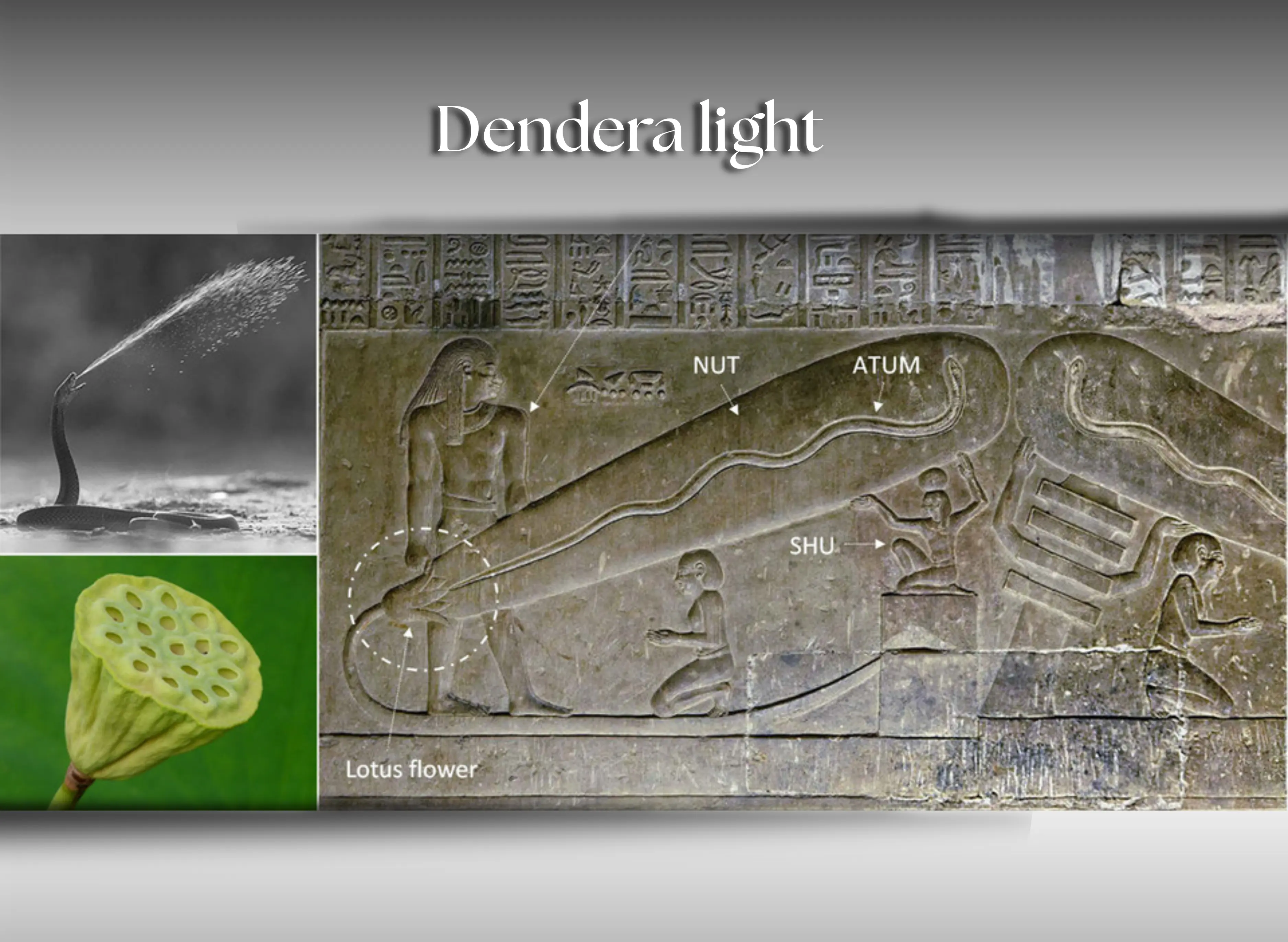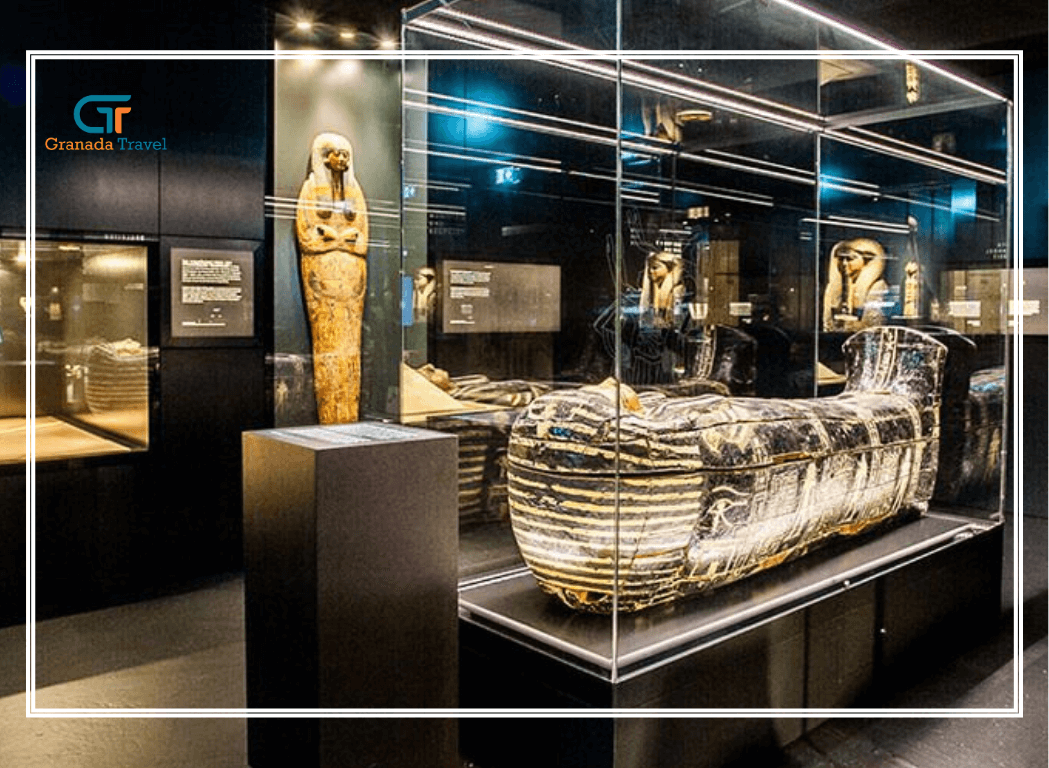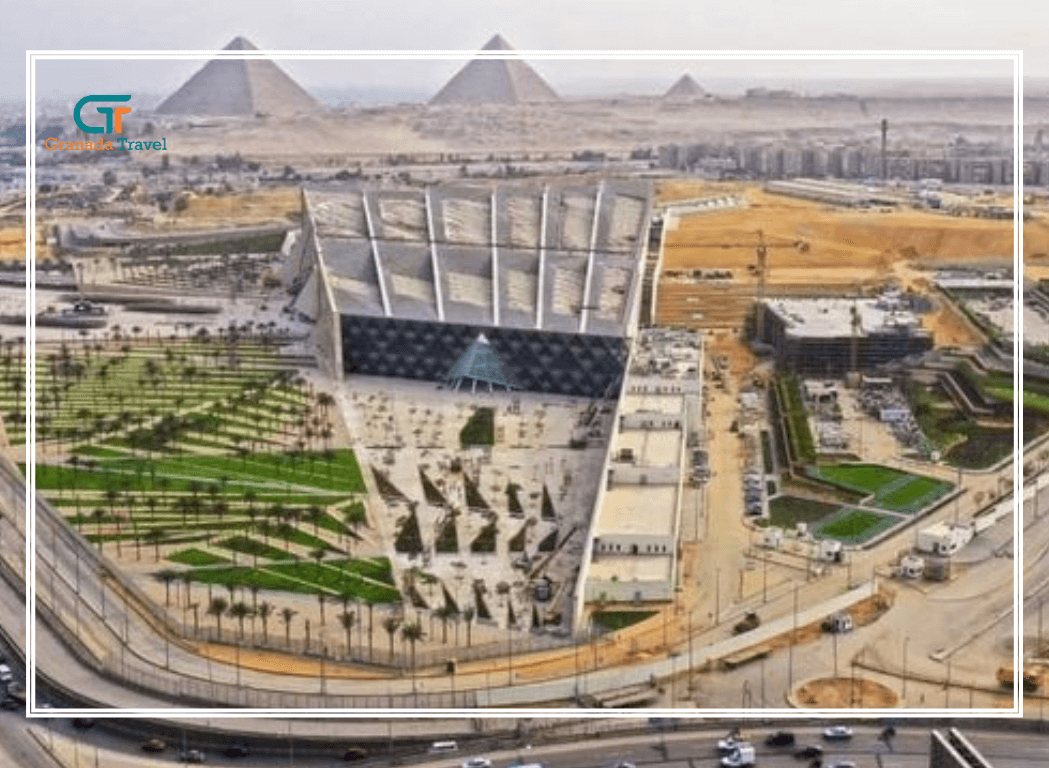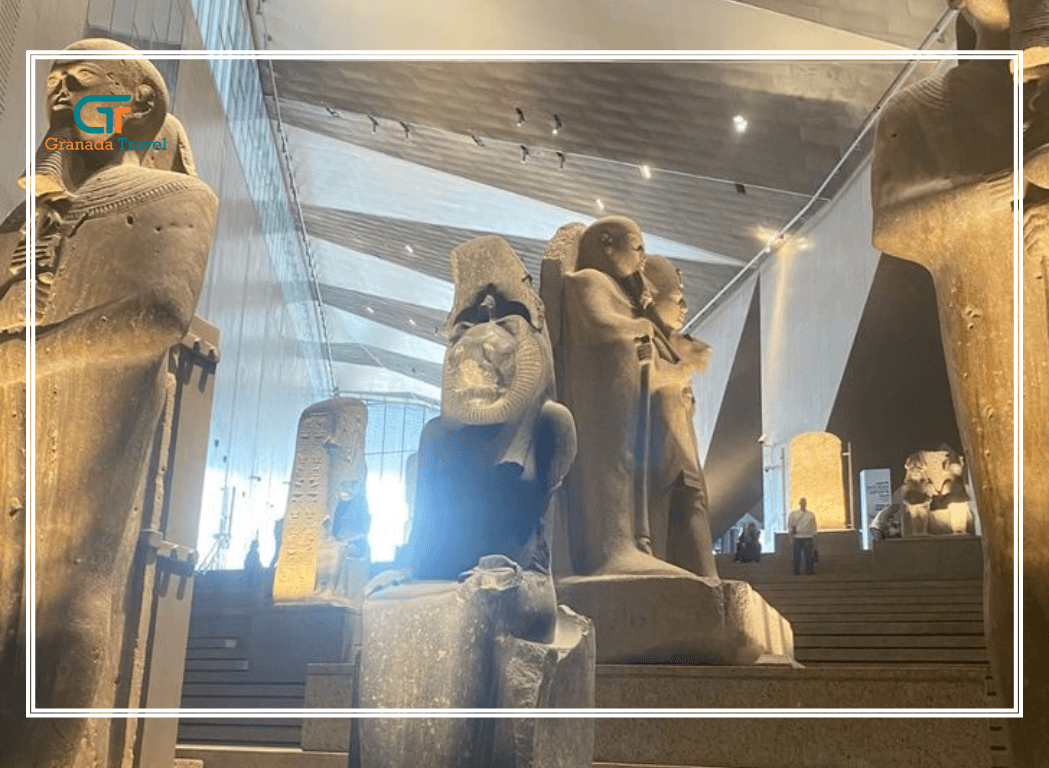
Unraveling the Mystery of the Dendera Light: Ancient Electricity or Symbolic Representation?
The Dendera Light continues to fascinate and divide researchers, sparking intense debate about the technological capabilities of ancient Egyptians. Located within the magnificent Dendera Temple Complex, specifically in a crypt beneath the Temple of Hathor, a series of intriguing reliefs depict what some interpret as evidence of an ancient Egyptian light bulb. This enigmatic imagery has fueled speculation about advanced technology in antiquity, leading to the popular, albeit controversial, dendera lights theory.
For those planning a dendera temple tour, these carvings are often a highlight, prompting questions about their true meaning. Are they proof of a forgotten electrical technology, a genuine dendera light bulb from a civilization thousands of years ago? Or do they represent something entirely different, perhaps symbolic or mythological? Let's delve into the evidence and the various interpretations surrounding the captivating dendera light egypt.
The Dendera Reliefs: What Do They Show?
The focal point of the dendera lights theory lies within the intricate carvings found in the crypts of the Dendera Temple Complex. These reliefs prominently feature a snake emerging from a lotus flower, contained within an elongated, bulb-like shape. This "bulb" is connected by a cable-like structure to a box, often interpreted as a power source. Supporting figures stand beneath, seemingly interacting with this apparatus.
Proponents of the egyptian light bulb interpretation argue that the elongated shape resembles a Crookes tube, an early type of incandescent light bulb. The snake, they suggest, could represent the filament, and the cable, the power connection. The box is then seen as a generator or some form of ancient electrical device.
However, mainstream Egyptology offers a different perspective. They interpret these reliefs through the lens of Egyptian mythology and symbolism. The snake emerging from the lotus is a common motif representing creation and rebirth. The "bulb" is seen as the womb or a protective enclosure, and the "cable" as a symbolic connection. The supporting figures are viewed as deities or symbolic representations within this mythological context.
Exploring the "Egyptian Light Bulb" Hypothesis
The idea of an ancient Egyptian light bulb is certainly captivating. Imagine the implications if the civilization that built the pyramids also possessed electrical lighting! This would necessitate a significant revision of our understanding of ancient Egyptian technology.
Supporters of the dendera light bulb theory often point to the lack of soot or evidence of extensive torch use within the crypts as further supporting evidence. They argue that if the only source of light were torches or oil lamps, the ceilings and walls would show signs of smoke accumulation. The relative cleanliness of these spaces, they contend, suggests an alternative light source.
Furthermore, some proponents draw parallels to other ancient artifacts and knowledge that seem to hint at advanced understanding, though direct evidence of widespread electrical technology remains elusive.
The Symbolic Interpretation: A Deeper Look
The mainstream archaeological interpretation emphasizes the rich symbolic language of ancient Egyptian art and religion. The Dendera Temple Complex, dedicated primarily to the goddess Hathor, is replete with cosmological and mythological symbolism.
The lotus flower was closely associated with creation and the sun god Ra, who was believed to have emerged from a lotus. Snakes held complex symbolism, often representing life, death, and rebirth. The elongated "bulb" can be seen as a protective vessel or the primordial mound from which life arose.
Within this framework, the dendera light reliefs are understood as a depiction of a creation myth, a symbolic representation of the cosmos and the cyclical nature of life. The "cable" could symbolize the connection between the divine and the earthly realms.
The lack of soot, often cited by the dendera lights theory, can be explained by the fact that these crypts were likely not areas of constant activity requiring continuous illumination. Rituals and ceremonies performed within might have utilized portable light sources sparingly.
The Dendera Temple Complex: A Center of Astronomical and Religious Knowledge
To better understand the context of the dendera light, it's crucial to appreciate the significance of the Dendera Temple Complex. This remarkably well-preserved site offers a wealth of information about ancient Egyptian beliefs and practices.
The Temple of Hathor itself is a stunning example of Ptolemaic-era architecture, adorned with intricate carvings and astronomical ceilings. The famous Dendera Zodiac, now housed in the Louvre Museum (a replica is in its place), once adorned the ceiling of one of the temple's chapels, showcasing the Egyptians' advanced understanding of astronomy.
A dendera temple tour reveals the complexity of this sacred space, with its various chapels, offering halls, and crypts, each holding unique religious and symbolic significance. The reliefs containing the "light bulb" imagery are just one facet of the rich tapestry of beliefs expressed within these walls.
Weighing the Evidence: Ancient Technology vs. Symbolic Representation
Ultimately, the interpretation of the dendera light reliefs boils down to how one weighs the available evidence.
The dendera lights theory, while captivating, lacks concrete archaeological support in the form of actual electrical devices or written records detailing such technology. The interpretation relies heavily on visual similarities between the reliefs and modern electrical components.
Conversely, the symbolic interpretation aligns with our broader understanding of ancient Egyptian art, religion, and cosmology. The motifs present in the reliefs are consistent with well-established Egyptian symbolism.
It's important to note that while the ancient Egyptians were undoubtedly ingenious and possessed impressive engineering skills, the leap to sophisticated electrical technology without further corroborating evidence remains a significant one.
The Enduring Enigma of the Dendera Light
The dendera light continues to spark curiosity and debate. Whether it represents an ancient egyptian light bulb, a testament to a forgotten technological prowess, or a profound symbolic depiction of creation, the imagery within the Dendera Temple Complex is undeniably thought-provoking.
For those embarking on a dendera temple tour, the "light bulb" reliefs offer a fascinating point of discussion and highlight the enduring mysteries of ancient Egypt. While the dendera lights theory provides an exciting possibility, the weight of archaeological and Egyptological evidence currently leans towards a symbolic interpretation within the rich religious context of the Temple of Hathor.
The true meaning of the dendera light egypt may remain open to interpretation, but its power to intrigue and inspire wonder about the capabilities and beliefs of this ancient civilization is undeniable. The exploration of such enigmas is part of what makes the study of ancient history so compelling.
What do you think the dendera light truly represents?
[cta-actions]
Fancy seeing the mysterious Dendera Light up close? Join our Dendera and Abydos Tour for a truly unforgettable experience.





